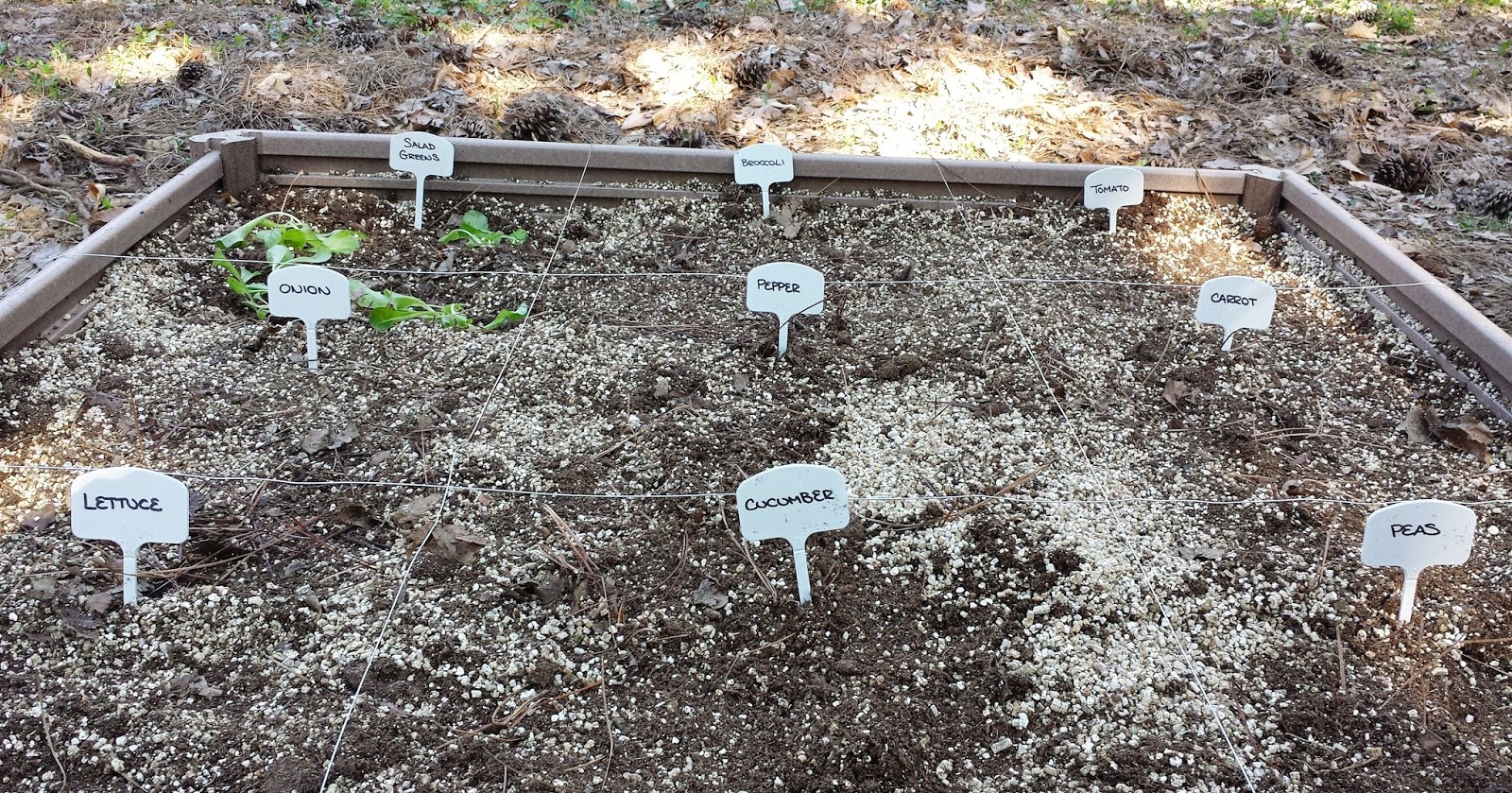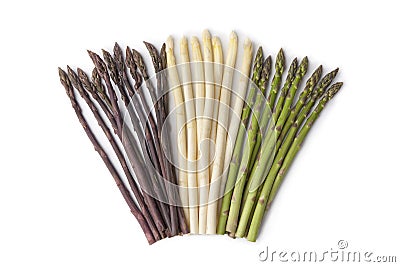I have always wanted my own garden. It's funny, most people assume that because I have a Plant Biology degree that I know everything there is to know about taking care of plants. I do know a fair amount, but I am much more well-versed speaking about algae. I had a fantastic experience the summer between undergraduate at Wake Forest and my PhD program at NC State working on Dr. Weigl's orchard. He had every fruit and vegetable you can imagine from asparagus (which I have learned is perennial and takes 2 years to mature) to okra, blueberries to apples, nuts, tomatoes, peppers, squash, etc. I could go on but suffice to say that I got my first real taste of gardening (and boy did we eat well!) and have wanted my own garden since then.
Fast forward 6 years and we have a house with a great yard for gardening! I am literally starting from scratch so I want this blog to be a place where I can share my gardening adventures; ideas and tips for what works (and what doesn't!); and, if all goes well, share the meals we prepare with the veggies grown in our garden.
Like any good student, I began by reading websites and other blogs of gardeners. It seemed like everyone had a similar theme: a lot of time and effort can be saved if you start with a raised garden bed, more specifically a square foot garden. Intrigued, I downloaded a highly reviewed book called "All New Square Foot Gardening" by Mel Bartholomew for my Kindle and got to reading. If you do decide to garden, I highly recommend this book.
 |
| Set-up of gardens with wire to divide each 3x3 |
|
|
After reading the basics, I felt like I had enough information to get started. I bought two square foot gardens from Amazon (you can save money by making your own, but I enjoy the convenience of ordering exactly what you need). I like that this garden can be easily organized by simply placing ropes/strings to divide them into squares.
 |
| First square foot garden |
|
|
I decided to order a set of garden seeds from Amazon (I mean really, where else!) and waited until the right time to plant. This turned out to be the beginning of April - here is is a photograph below that Nate took setting up my materials to plant. I had class that day, but was so excited afterward to plant my first of two gardens. I followed the "Mel's Mix" composition which is 1/3 compost (yes, we have our own compost pile), 1/3 vermiculite, and 1/3 top soil and then planted the seeds according to their directions.
 |
| Labels, knee pads, gloves, seeds for planting |
The photographs above show the lay out of each garden, complete with wire dividers, labels, and the soil mixture. Once the gardens were filled with the mixture, it really did not take all that long to plant the seeds.
 |
| Jalapeno plant (not from seed) |
It's been about two and a half weeks since I planted the first garden, one and a half weeks since the second. I check on them every day - I feel like a mother hen in that way. I noticed that some type of animal (squirrel, rabbit, our dog Deacon?) has been digging up my seeds! So, we put a fence and some netting around the gardens. You can definitely do this a cheaper way, but I like the look of the fence that we got. I had to replant some of the squares and I replaced corn with a jalapeno plant
 |
| Set up of both gardens with the fence and mesh netting |
 |
| Carrot seedlings |
This has been a great experience so far and I am happy that I can share it on this gardening blog. In the near future I plan to post about the herbs that we are growing on our deck (where they get plenty of sunlight) and we have already started making delicious pasta dishes using the basil.
=''=
















